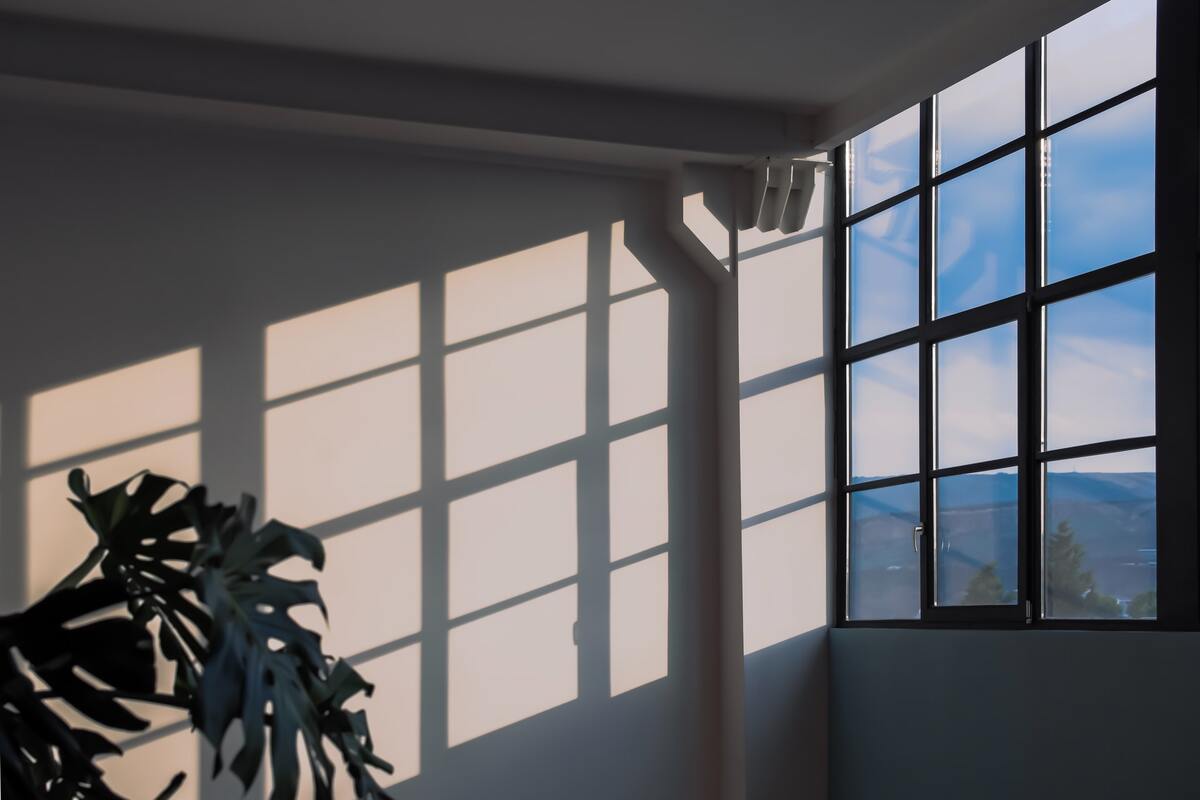Energy-Efficient Ways to Design for Comfort in Humid Climates

Steamy summer weather creates residential maintenance challenges. People struggle to ventilate their homes without increasing indoor humidity levels. They can utilize natural cross ventilation when it’s dry outside, but opening windows and doors during downpours is a bad idea.
People can improve their indoor air quality and reduce humidity by using energy-efficient design features. Creating humidity-resistant homes is essential as the global precipitation rate rises.
Climate Change and Humidity
Earth’s temperature is rising and altering the water cycle. Some regions experience prolonged droughts, while others face greater precipitation. Warmer oceans and air temperatures increase the quantity of water evaporating.
The rising evaporation rate increases rain and snowfall, which creates residential structure and health challenges. Homes experience bacteria, dust and mold growth in humid regions, and long-term exposure can cause severe health problems.
Individuals with mold allergies may experience wheezing, difficulty breathing, headache, fatigue, coughing and other allergy-related symptoms. Some mold variations release mycotoxins into the air, which cause immune deficiencies and cancers.
People with certain bacteria and dust allergies may also experience unpleasant symptoms during long-term exposure. Some chemicals in dust particles can cause asthma, cancer, hormonal changes and reproductive problems.
Builders may use humidity-prevention techniques to protect structures and residents’ health. They can utilize energy-efficient designs to reduce humidity and greenhouse gas emissions.
Seal Air Leaks
Older properties may not be well ventilated from material degradation and feature outdated designs. They allow outdoor air inside, which can hold more moisture in the summer. Warm outside air that interacts with cool indoor air produces condensation.
Builders can prevent condensation from forming inside by sealing leaks around windows and doors. If they can see daylight around a window or door frame, it has a leak.
Rattling windows and doors also point to air leaks. People can reduce indoor humidity by using weatherstripping or caulk. Sealing the leaks can also prevent energy loss from heating, ventilation and air conditioning (HVAC) systems.
Residential properties use about 55% of their energy supplies for heating and cooling. Sealing and caulking air leaks can prevent power loss and unnecessary greenhouse gas emissions. Most residential power comes from fossil fuels, which produce air pollution.
Insulate Garage Doors
Builders may also reduce indoor humidity by insulating garage doors. Professionals can minimize HVAC-related energy loss by 71% on average by adding insulated doors. Triple-layer versions are significantly more energy-efficient than conventional alternatives.
Insulated doors reduce indoor humidity by keeping outdoor air outside and also help building materials and structures last longer. This increases a building’s sustainability.
Install a Rainwater Harvesting System
Construction professionals can also reduce indoor humidity by installing rainwater harvesting systems, which collect rainwater and snowmelt in conventional barrels. They then pump the water through purification devices to filter out contaminants.
Individuals can use the water for cleaning, bathing and consumption. Rainwater harvesting systems may reduce freshwater exploitation and indoor humidity levels. Collecting stormwater in controlled barrels prevents flooding and foundation damage.
The systems are also more efficient and sustainable than other water distribution practices. Some professionals connect rainwater harvesters to solar panels and eliminate related emissions. Water reclamation minimizes resource exploitation and pollution.
Conduct Dryer Maintenance
Individuals can also decrease indoor humidity levels by conducting regular dryer maintenance. Poor dryer ventilation can increase the humidity inside. Residents or professionals may thoroughly clean the vents to minimize draining limitations.
Professionals may use an industrial vacuum to remove all dust particles and buildup from inside a vent. People should also seal a dryer venting system to minimize air leaks. Sealing the exhaust port outside of a building may significantly reduce indoor humidity levels.
Add a Smart Dehumidifier
Residents may also install smart humidifiers inside to decrease humidity without wasting energy. The devices use Wi-Fi connections to collect and share essential information with users. They also monitor indoor moisture levels and autonomously respond to data.
Most smart dehumidifiers have Energy Star ratings and use significantly less electricity than conventional devices. People can shrink their carbon footprints, preserve their properties and protect their health by installing smart dehumidifiers.
When Should Builders Conduct Humidity-Prevention Projects?
Construction workers can optimize humidity-prevention projects by building during low precipitation periods. Fall and winter generally have the lowest humidity rates and rainfall. Projects done during drier seasons prevent moisture-related damage.
Individuals can adequately seal leaks and add humidity-reduction features without worrying about precipitation damaging materials. Construction professionals should avoid building in the spring to minimize mold and bacteria growth. Projects that use less energy and materials last longer without weather-related limitations and can withstand whatever humid climates dish out.



